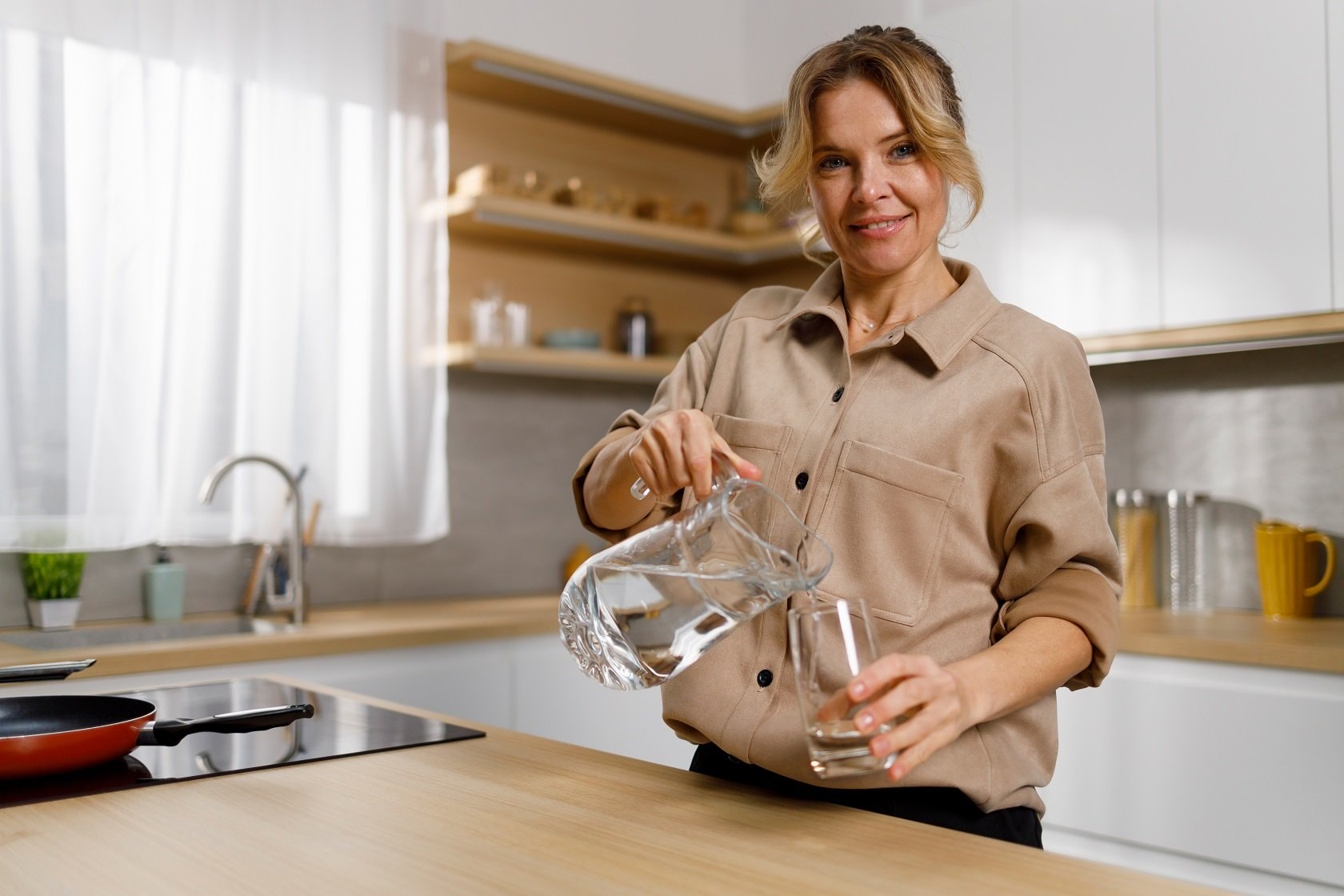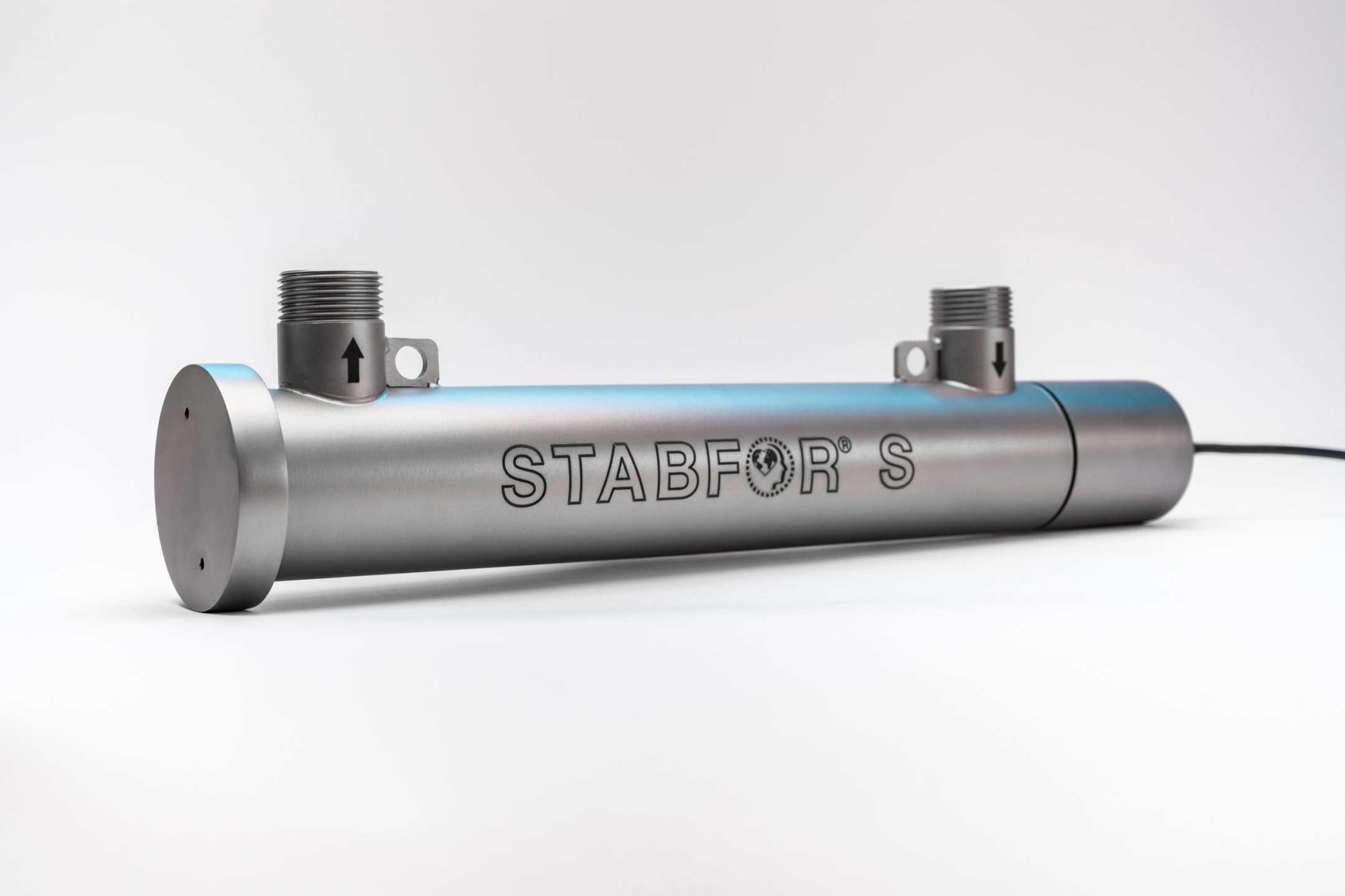Effective water purification methods: How to ensure clean and safe water for your household?
 Clean and safe water is essential for a healthy life and the proper functioning of every household. However, with increasing pollution and variable quality of water sources, it is important to choose reliable water treatment methods. In this article, we will introduce several technologies that are commonly used for water purification and show their advantages and disadvantages.
Clean and safe water is essential for a healthy life and the proper functioning of every household. However, with increasing pollution and variable quality of water sources, it is important to choose reliable water treatment methods. In this article, we will introduce several technologies that are commonly used for water purification and show their advantages and disadvantages.
Key water purification methods
 Filtration: Filtration is one of the most common methods of water purification. Different types of filter media, such as activated carbon or ceramic liners, are used to remove solid particles, micro-organisms and sometimes chemicals. In addition, filtration can remove harmful but also beneficial substances from the water, such as: various minerals, trace elements and others that are important for the proper functioning of human metabolism. Mechanical filtration, that removes mechanical impurities from the water, is suitable as a pre-treatment for other technologies. In most cases, filtration alone is not suitable for complex water treatment.
Filtration: Filtration is one of the most common methods of water purification. Different types of filter media, such as activated carbon or ceramic liners, are used to remove solid particles, micro-organisms and sometimes chemicals. In addition, filtration can remove harmful but also beneficial substances from the water, such as: various minerals, trace elements and others that are important for the proper functioning of human metabolism. Mechanical filtration, that removes mechanical impurities from the water, is suitable as a pre-treatment for other technologies. In most cases, filtration alone is not suitable for complex water treatment.- Chlorination: Chlorination is a classic method of disinfection that involves adding chlorine to the water. Chlorine acts as a powerful oxidising agent that effectively kills bacteria and viruses. Chlorination does not remove toxic substances such as hormone residues, pesticides and pharmaceuticals, some resistant micro-organisms, heavy metals and others. Free chlorine itself and its compounds that form in the piping system can have a negative impact on the human body.
- UV radiation: UV radiation is a modern and effective way of destroying pathogens in water. Ultraviolet light is used to destroy the DNA of micro-organisms, preventing them from multiplying. This method is only a partial solution to water treatment. It cannot always safely remove 100% of the bacteria present in the water. UV radiation will not remove organic chemicals (hormones, pesticides, etc.) or other contaminants from the water.
- Reverse osmosis: This technology uses a semi-permeable membrane that removes impurities and dissolved substances from the water. Reverse osmosis is very effective in removing salts, heavy metals and other unwanted substances. In addition, it can remove beneficial minerals and drinking reverse osmosis water for a long time can be harmful to your health. For more information on the effects of reverse osmosis on human health, see the opinion of the National Reference Centre for Drinking Water (National Institute of Health) regarding devices for the treatment of drinking water based on reverse osmosis, distillation and atmospheric moisture condensation, available here:
https://szu.cz/wp-content/uploads/2023/03/stanovisko_reversni_osmoza_2020.pdf. - Ozonation: Ozonation involves adding ozone to the water, where it acts as a powerful disinfectant. Ozone is highly reactive and effectively kills bacteria, viruses and other micro-organisms. It is important to set the dosage correctly to avoid excess ozone, that could be harmful. Ozone does not remove organic chemicals (hormones, pesticides, pharmaceuticals, etc.) from the water.
- Ionisation: This is an effective method for adjusting the pH of water. According to the programme set, you can choose the pH level that the device should produce. The devices are only manufactured for use in a single tapping point and in most cases thorough pre-treatment of the water is necessary. One disadvantage is the waste water that is generated by the entire water treatment process.
An effective alternative to STABFOR®: Innovative solutions for clean and healthy water
The STABFOR® unitrepresents a modern and environmentally friendly approach to water treatment and purification that integrates several advanced technologies. This system uses principles inspired by natural processes, making it not only efficient, but also environmentally friendly. The principle of operation is as follows:- Physical-quantum technology: Special quantum-treated particles on the ceramic coating are charged by UV light and generate trillions of reactions per second, including photocatalytic oxidation that generates ozone, oxygen and free hydrogen. This process destroys micro-organisms and organic chemicals, free chlorine and other impurities effectively.
- UV radiation: STABFOR® also uses UV light not only to charge the particles, but also to directly eliminate bacteria, providing dual protection.
- Vortex technology: Blades are used to create a vortex in the water, that helps to energise the water and change the structure of the limescale, thereby improving the taste of the water and reducing limescale.
- Stabilisers: Ceramic formations (tubes) are integrated as a final water treatment in the device to ensure long-term water stabilisation. This ensures that the water remains clean and stable for longer periods of time.
- Mathematically determined dimensions of the device: Precise calculations according to the principles of the golden ratio, the Ludolphine number and others ensure the optimal flow and retention time of the water inside the device.
Combination of technologies for optimal results
Effective water treatment often requires a combination of several technologies to achieve the best results. Whereas with standard water purification technologies such as UV lamp, carbon filtration, ioniser, etc., a combination of several of these devices is required to obtain the desired water quality. With STABFOR® technology, in most cases a simple mechanical filter for coarse impurities is sufficient and then fit the STABFOR® unit on the main water supply (after the water meter/main water lock).
When choosing a water purification system, it is important to consider several factors:
- .Source water quality: The source of the water is important for its quality. While mains water is treated from the waterworks, it is always important to carry out microbiological, chemical and physical analysis of the well water.
- Size and capacity: Choose the system that meets the needs of your household. Larger households may require systems with higher capacity or faster water flow.
- Ecological aspects: When choosing a system, also consider its environmental impact. Some methods, such as UV radiation, are environmentally friendly and do not require the use of chemicals. These technologies include the STABFOR® unit, that distributes clean and healthy water throughout the building and then to the waste where it continues to impact the waste water positively. In addition, no waste water is generated by STABFOR® technology.
Do not underestimate effective water purification
Ensuring clean and safe water is key to your family's health and well-being. Nowadays, there are many methods of water purification that can eliminate various types of contaminant and ensure that the water you drink and use meets all health standards. Whatever system you choose, it is important to look for one that treats water comprehensively and combines efficiency with sustainability, just like STABFOR®, that draws inspiration from natural water purification processes.


